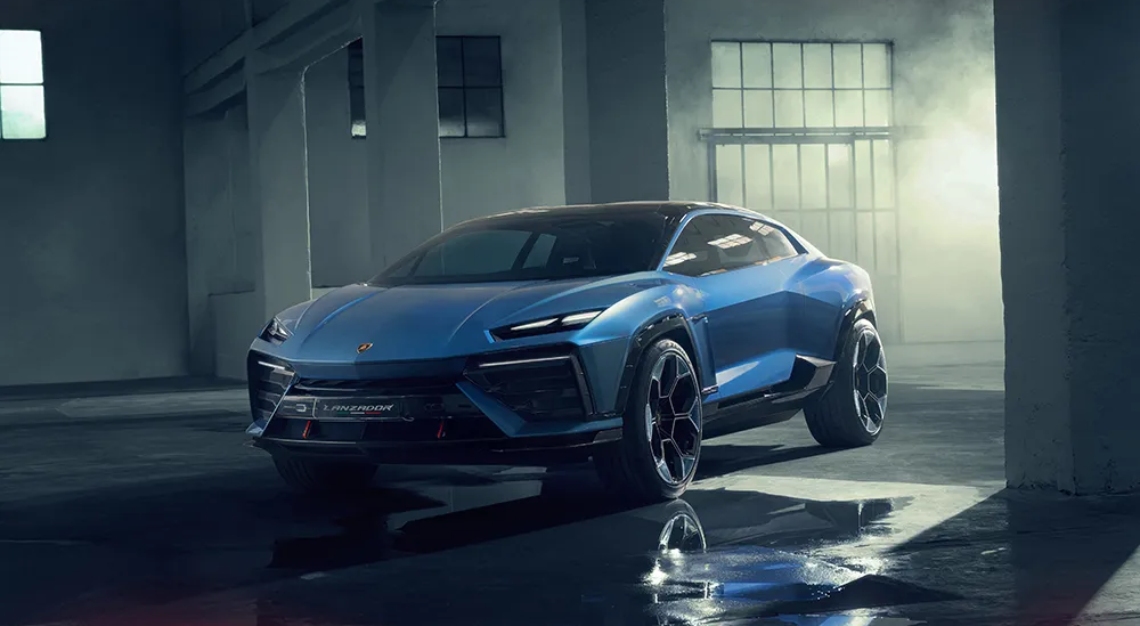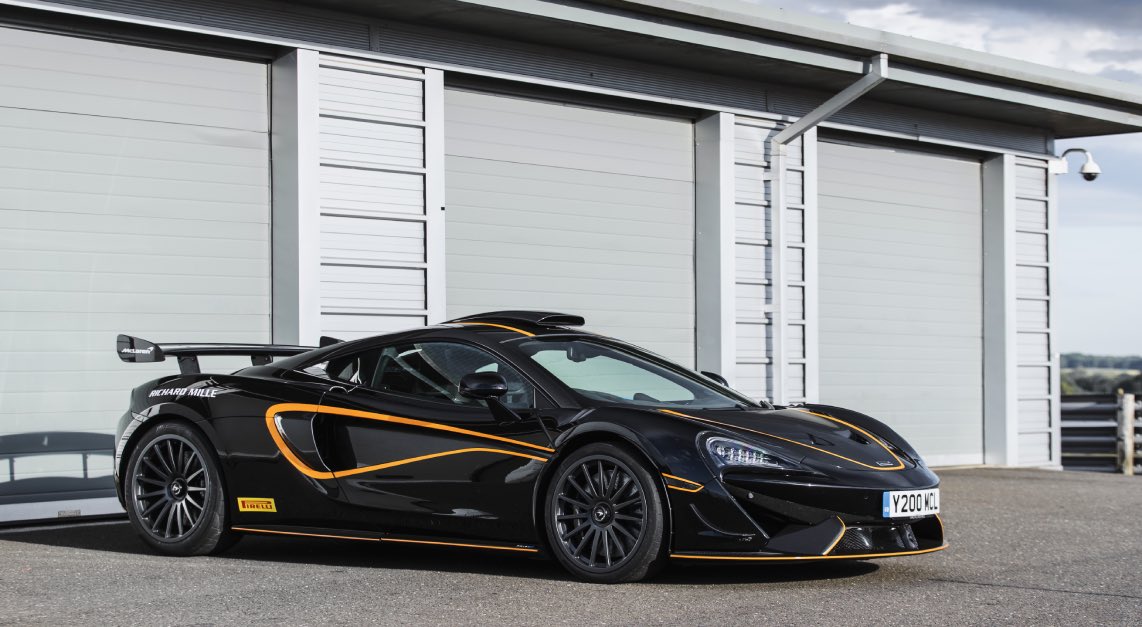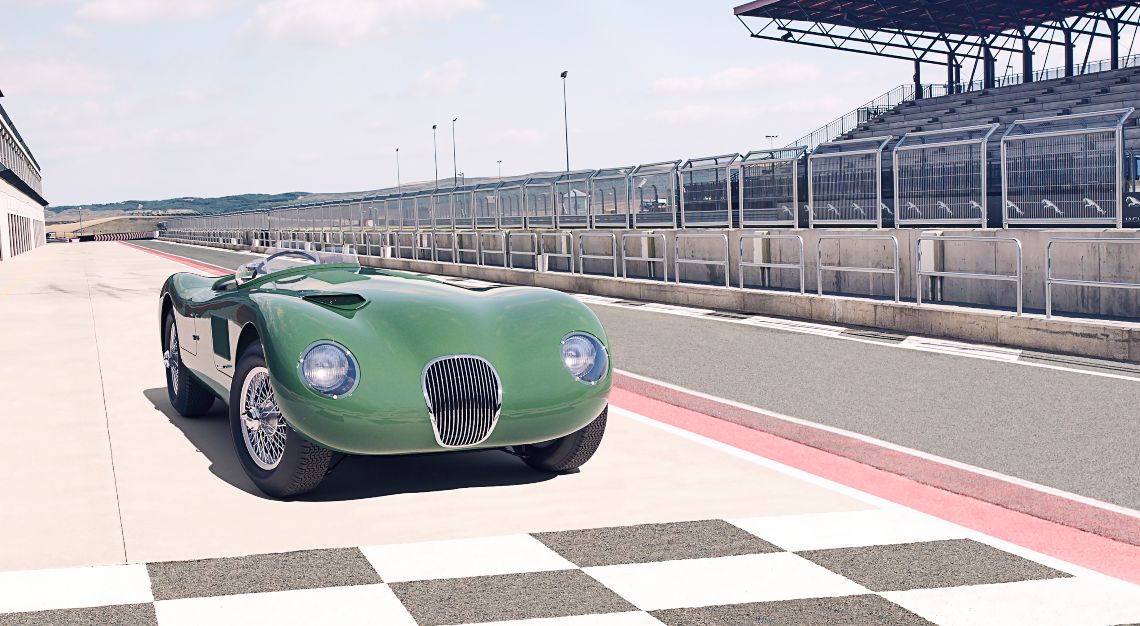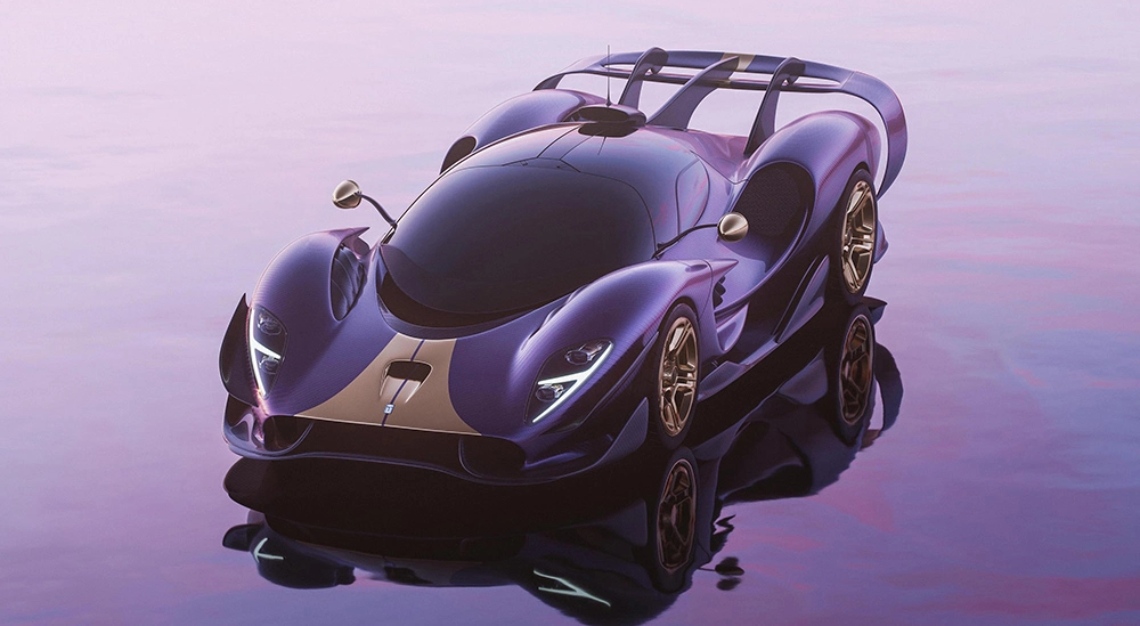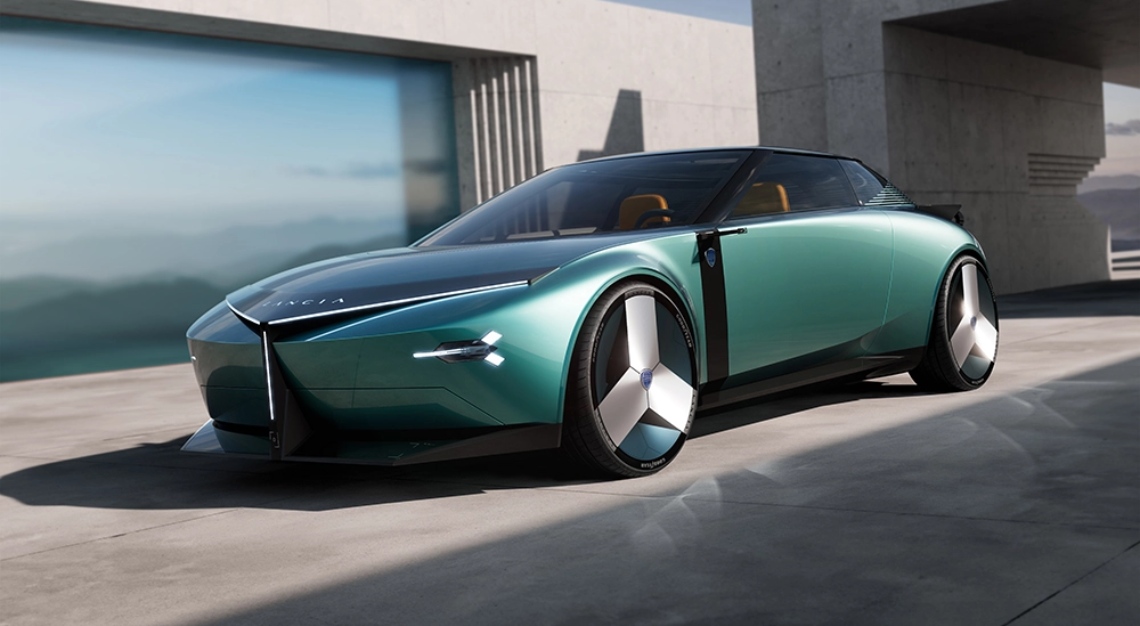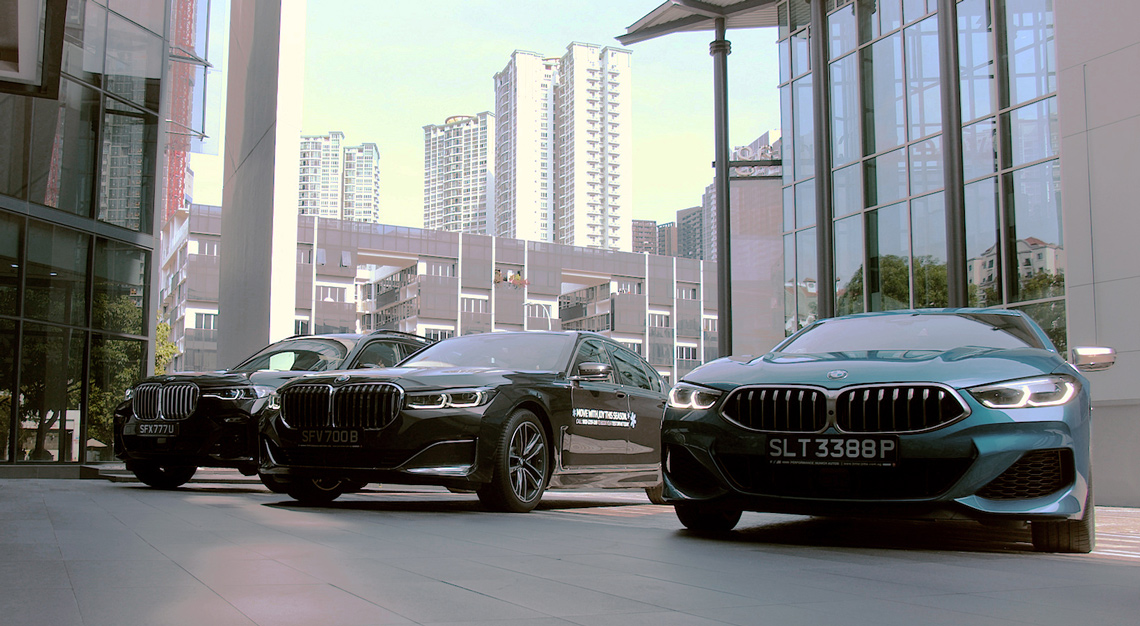The first all-electric Raging Bull is expected to make its debut in 2028
Lamborghini’s all-electric future is finally starting to take shape.
The Italian marque revealed its newest—and realest—all-electric concept, the Lanzador, and the vehicle isn’t a supercar—it’s a high-riding grand tourer.
Unlike some automakers, Lamborghini has been relatively open about its EV plans. The company unveiled a US$1.8 billion “Direzione Cor Tauri” electrification strategy in 2021 that the brand said would culminate in the debut of its first battery-powered model during the second half of the decade. That vehicle won’t necessarily be the Lanzador, but Lamborghini says the concept offers a “concrete vision” of the upcoming production model. The car that evolves out of the concept won’t just be the first Raging Bull EV, either; it will also be the fourth member of its electrified lineup, joining the Revuelto, the Huracán’s hybrid successor and the Urus. (Lamborghini created an electric hypercar concept called the Terzo Millenio with MIT in 2017, but there was never any intention to put it into production.)
The Lanzador is something completely different from Lamborghini. It’s an “ultra GT,” according to CEO Stephen Winkelmann, and it looks like a mix of the off-road-capable Huracán Sterrato and the Urus, with touches of the Estoque concept from 2008. The sharp-edged design accomplishes the unique feat of looking both bold and somewhat restrained at the same time. A grand tourer with serious ground clearance may sound bizarre—or, at the very least, like least a recipe for an unfocused crossover—but it works. Most important of all, though: The vehicle is very clearly a Lamborghini thanks to its short nose, roofline and aggressive lighting package.
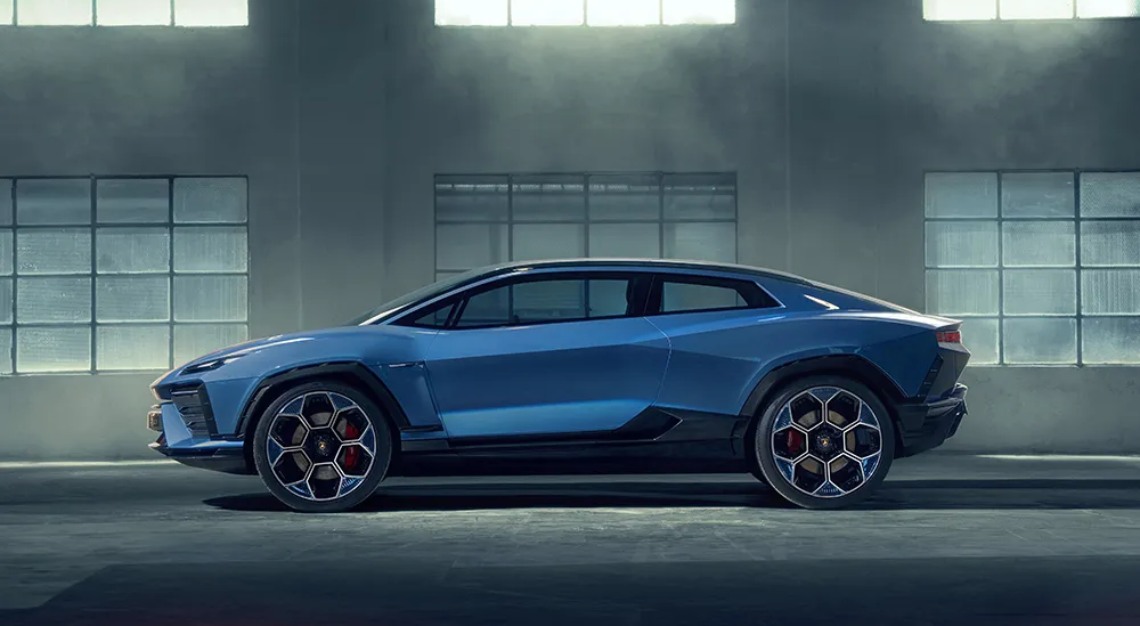
The concept is a two-door but has a 2+2 seating which means it can fit four full-grown adults. The cabin, which is made almost entirely of sustainable materials from Italy, looks like that found in other Lamborghinis, only stretched out. Because of this, the driver’s seat looks even more like the cockpit of a fighter jet than usual. Both the driver and passenger get their own widescreen digital displays, and there’s no massive touchscreen infotainment system sitting atop the centre stack (though there is a rotary control device that looks like something used to pilot a futuristic spacecraft). Screens aren’t restricted to the front, as both front seatbacks have integrated displays for passengers in the back. Speaking of the rear, the second row of seats can be folded down to increase cargo room, though there looks to be a fair amount already.
Lamborghini promises the Lanzador will deliver the same performance drivers expect from its supercars but also offer the everyday versatility of the Urus. Its powertrain consists of two electric motors, with one situated on each axle. This setup ensures permanent all-wheel drive in all conditions and a peak power output in excess of one megawatt (which translates roughly to 1,340 horses). The motors get juice from a next-generation high-performance battery that will generate a “long range,” though it’s unclear how many miles that is.
The marque also said that the concept will deliver an original driving experience that gives more control to the person behind the wheel. Lamborghini compares driving the Lanzador to piloting a plane and says that drivers will be able to instantaneously adjust the EV’s road dynamics, aerodynamics and suspension via controls on the steering wheel. This feature, in particular, is one that seems likely to start popping up on the company’s vehicles sooner than later.
So, how long until we find out how close the Lanzador is to the first real all-electric Lambo? The automaker says it plans to officially unveil its debut EV in 2028. No price has been announced, but the company’s latest model, the hybrid Revuelto, starts at around US$890,000.
